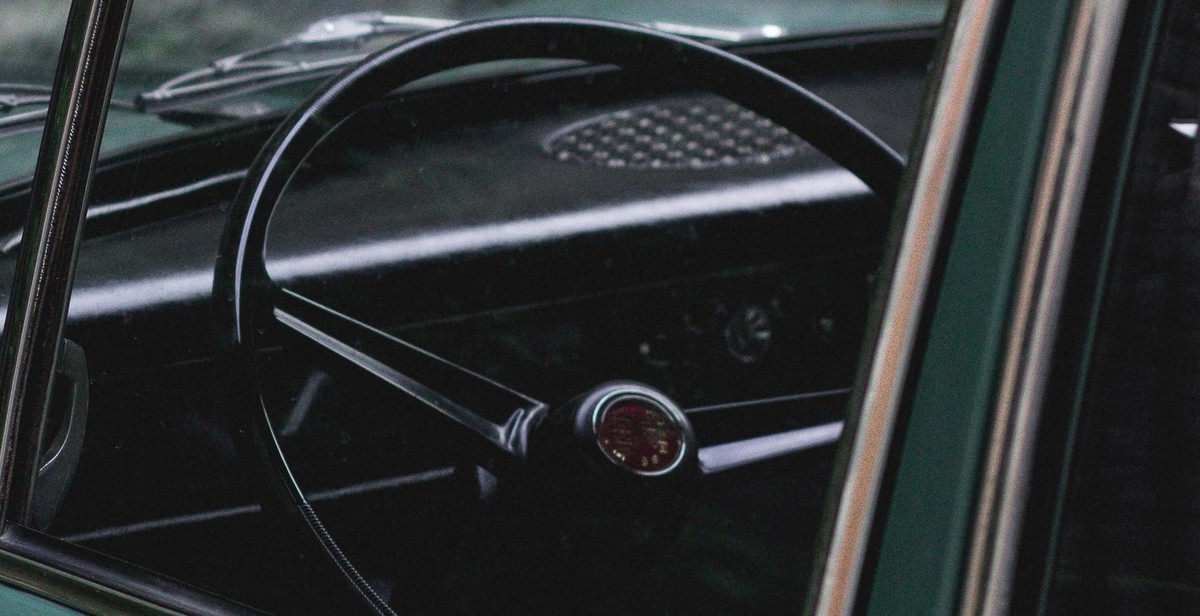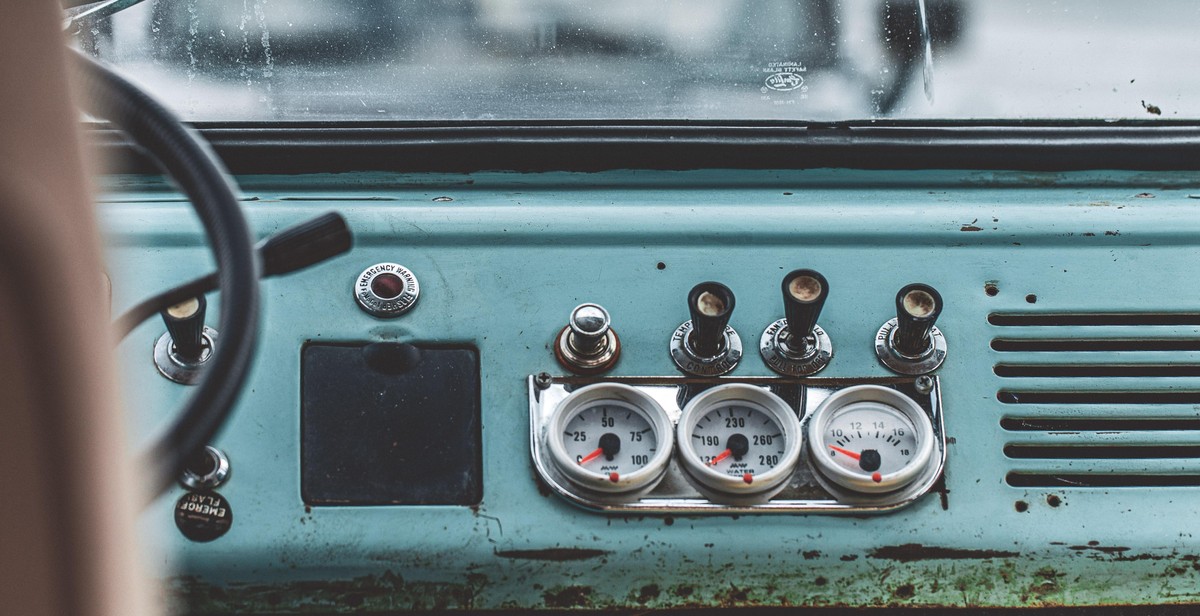How to Identify and Restore Vintage Car Interiors
Restoring vintage car interiors requires a keen eye for detail, patience, and a lot of hard work. Vintage cars can be a joy to own and drive, but they also require a lot of maintenance and upkeep. One of the most important aspects of maintaining a vintage car is keeping the interior in good condition. This not only preserves the car’s value, but it also ensures that the car is comfortable and safe to drive.
Identifying Vintage Car Interiors
The first step in restoring a vintage car interior is to identify the materials used in the original upholstery. This can be a challenge, especially if the car is rare or has been modified over the years. However, there are a few key clues that can help you identify the original materials:
- Manufacturer’s tags or labels
- Old photographs or advertisements
- Online forums or communities
- Professional restorers or appraisers
By identifying the original materials, you can ensure that your restoration is as accurate and authentic as possible.
Restoring Vintage Car Interiors
Once you have identified the original materials, the next step is to restore the interior. This can involve a range of tasks, including:
- Cleaning and conditioning leather or vinyl upholstery
- Replacing damaged or missing parts, such as seat covers or carpeting
- Repairing or replacing dashboard components
- Refinishing wood or metal trim
Restoring a vintage car interior can be a time-consuming and challenging project, but with the right tools and techniques, it is possible to achieve a beautiful and authentic result.

Identifying Vintage Car Interiors
When it comes to restoring vintage cars, one of the most important aspects is identifying the type of interior the car has. This can be a bit tricky, especially if you are not familiar with the make and model of the car. However, there are several key things to look for that can help you determine the type of interior you are dealing with.
Research the Make and Model of the Car
The first step in identifying a vintage car interior is to research the make and model of the car. This will help you determine what type of interior was originally installed in the car. You can find this information online, in car manuals, or by consulting with experts in the field. Once you know what type of interior was originally installed, you can begin to look for specific features that will help you identify it.
Examine the Dashboard and Steering Wheel
The dashboard and steering wheel can provide valuable clues about the type of interior a vintage car has. For example, if the dashboard is made of metal or has a chrome finish, it is likely from the 1950s or earlier. If the dashboard is made of plastic or vinyl, it is more likely from the 1960s or later. Similarly, the steering wheel can also provide clues about the age of the car. If the steering wheel is made of wood or has a bakelite finish, it is likely from the 1930s or earlier. If the steering wheel is made of plastic or vinyl, it is more likely from the 1960s or later.
Check the Seats and Upholstery
The seats and upholstery are perhaps the most important features to look at when identifying a vintage car interior. The type of material used, as well as the style and color, can all provide clues about the age of the car. For example, if the seats are covered in leather or a high-quality fabric, it is likely from the 1930s or earlier. If the seats are covered in vinyl or a cheaper fabric, it is more likely from the 1960s or later. Additionally, the style of the seats can also provide clues about the age of the car. Bench seats were popular in the 1950s, while bucket seats became more common in the 1960s.
- When examining the seats and upholstery, look for:
- The type of material used
- The style of the seats
- The color of the upholstery
- The condition of the seats and upholstery
Conclusion
Identifying vintage car interiors can be a bit challenging, but with some research and careful examination, it is possible to determine the type of interior a car has. By paying close attention to the dashboard, steering wheel, seats, and upholstery, you can gain valuable insights into the age and style of a vintage car’s interior.

Restoring Vintage Car Interiors
Restoring a vintage car interior can be a challenging task, but with the right tools, techniques, and materials, it can be a rewarding experience. Here are some steps to follow when restoring a vintage car interior.
Clean the Interior Thoroughly
The first step in restoring a vintage car interior is to clean it thoroughly. Use a vacuum cleaner to remove any dirt, dust, or debris from the carpets, seats, and other surfaces. Then, use a mild cleaner and a soft cloth to wipe down the surfaces and remove any stains or grime. Be careful not to use any harsh chemicals or abrasive materials that could damage the upholstery or other surfaces.
Repair or Replace Damaged Upholstery
If the upholstery is damaged or worn, it may need to be repaired or replaced. This can be a complex process, as vintage car interiors often have unique designs and materials that may be difficult to find. Consider hiring a professional upholsterer who specializes in vintage cars to ensure that the job is done correctly.
Refinish Wood and Metal Surfaces
The wood and metal surfaces in a vintage car interior can also be restored to their original condition. Use a fine-grit sandpaper to remove any rust or corrosion from the metal surfaces, and then apply a rust inhibitor to prevent further damage. For wood surfaces, use a wood cleaner and a soft cloth to remove any dirt or grime, and then apply a wood conditioner to protect the wood and restore its natural shine.
Replace Worn or Damaged Carpets and Mats
If the carpets or mats are worn or damaged, they may need to be replaced. Look for materials that match the original design and color scheme of the car, and consider hiring a professional installer to ensure that the carpets and mats are installed correctly.
Upgrade the Sound System and Other Electronics
Finally, consider upgrading the sound system and other electronics in the vintage car interior. This can be a great way to enhance the driving experience and make the car more enjoyable to use. Look for modern components that are designed to fit seamlessly into vintage cars, and consider hiring a professional installer to ensure that the job is done correctly.
| Step | Description |
|---|---|
| 1 | Clean the Interior Thoroughly |
| 2 | Repair or Replace Damaged Upholstery |
| 3 | Refinish Wood and Metal Surfaces |
| 4 | Replace Worn or Damaged Carpets and Mats |
| 5 | Upgrade the Sound System and Other Electronics |

Conclusion
Restoring a vintage car interior can be a challenging but rewarding experience. By following the steps outlined in this article, you can identify the materials and components of your car’s interior and determine the best approach to restoring it to its former glory.
Remember, patience and attention to detail are key when restoring a vintage car interior. Take your time, research thoroughly, and don’t be afraid to seek help from professionals if needed.
When it comes to sourcing materials, there are many options available, from specialty suppliers to online marketplaces. Consider the quality and authenticity of the materials you choose, as well as their compatibility with your car’s make and model.
Finally, don’t forget the importance of proper maintenance and care to keep your vintage car interior looking its best for years to come. Regular cleaning, conditioning, and protection can go a long way in preserving the beauty and value of your classic car.
With these tips and techniques in mind, you can confidently tackle the restoration of your vintage car interior and enjoy the satisfaction of bringing new life to a piece of automotive history.
